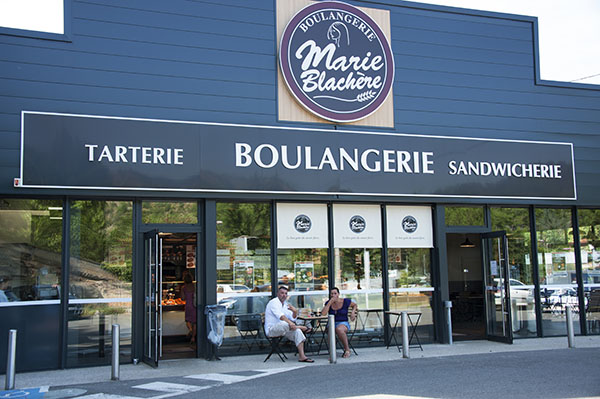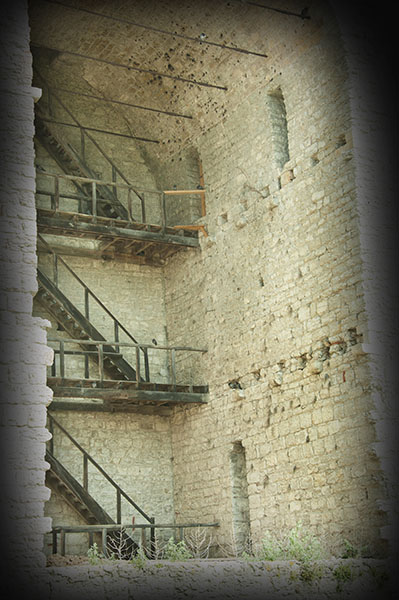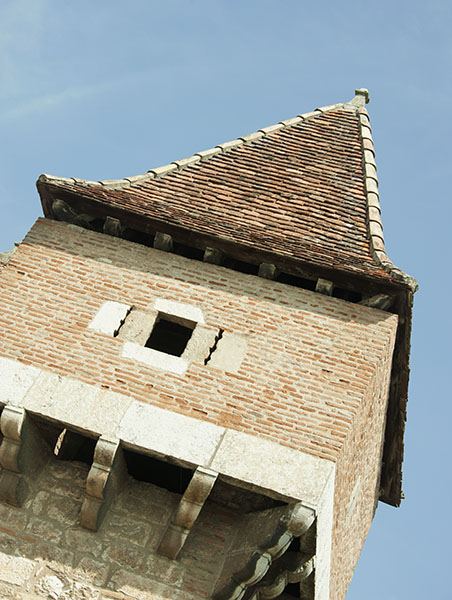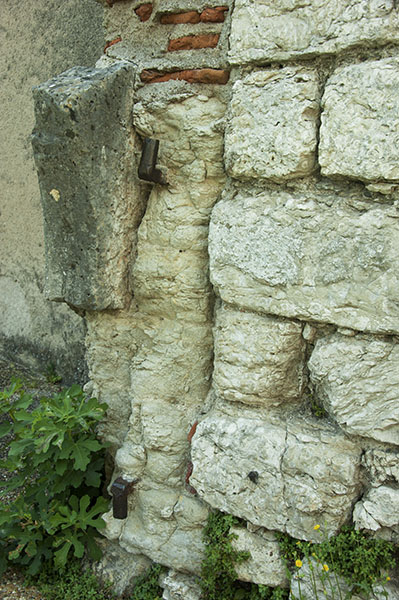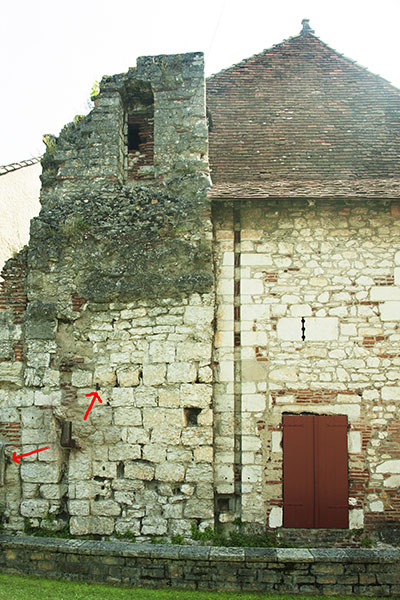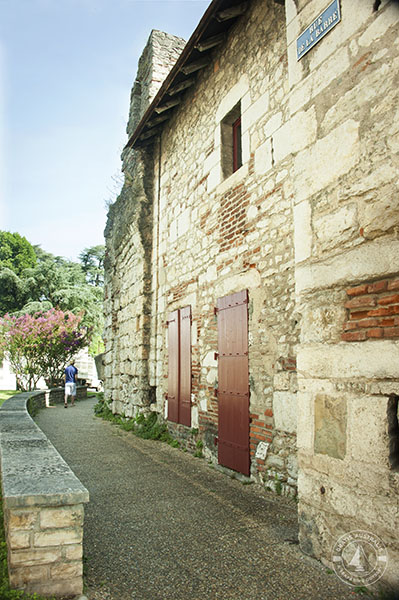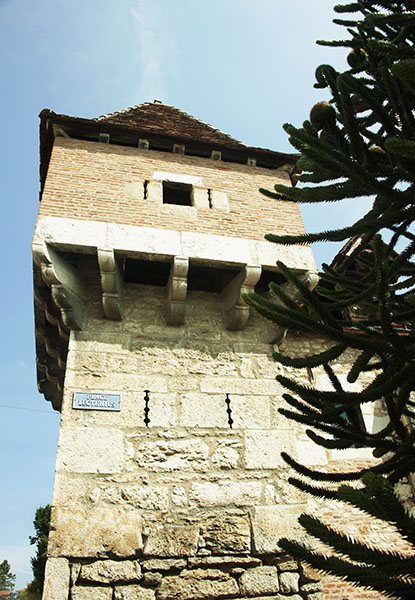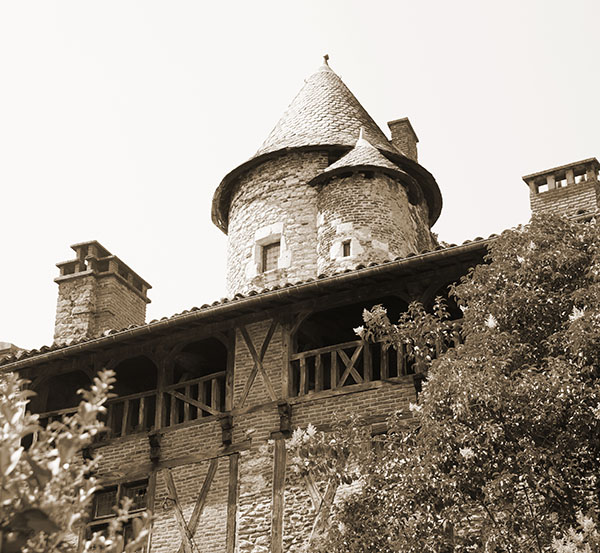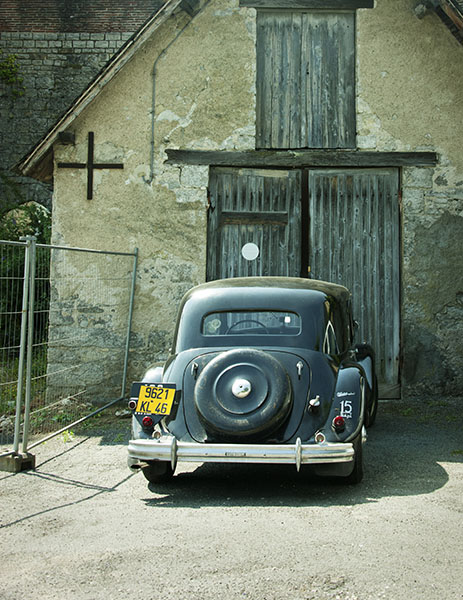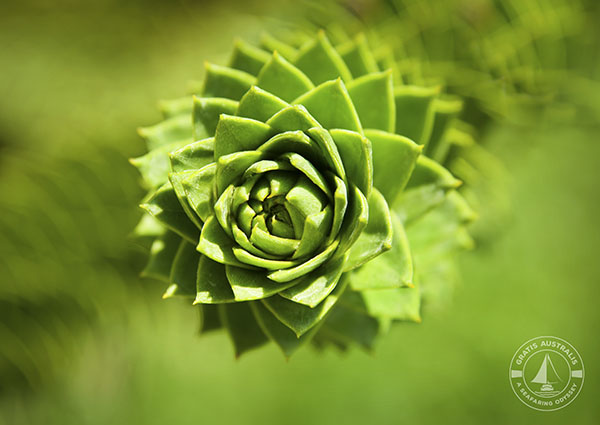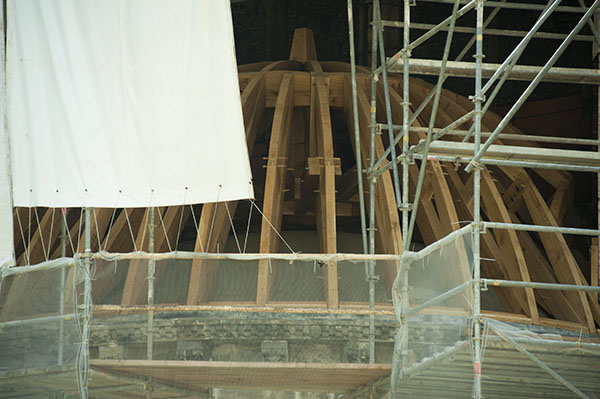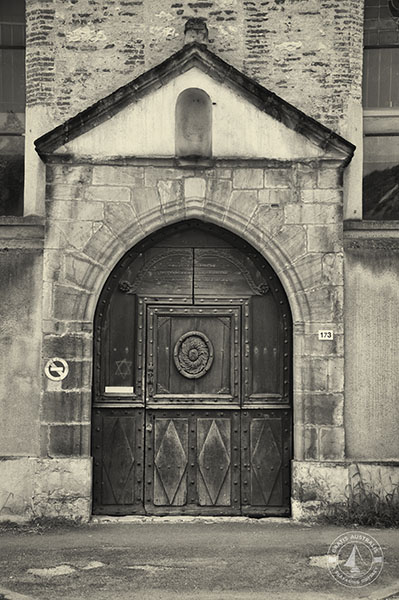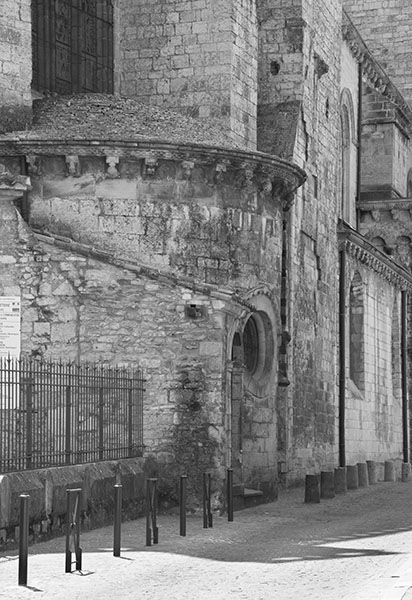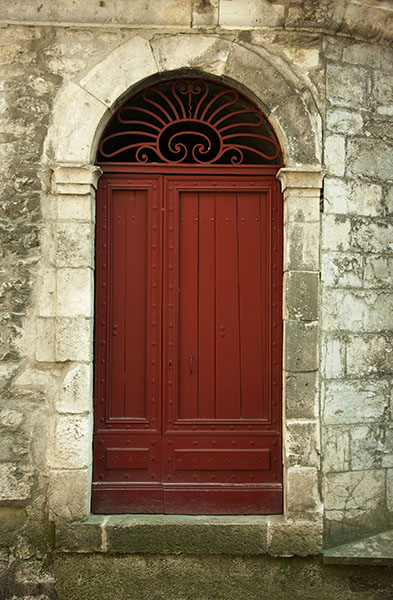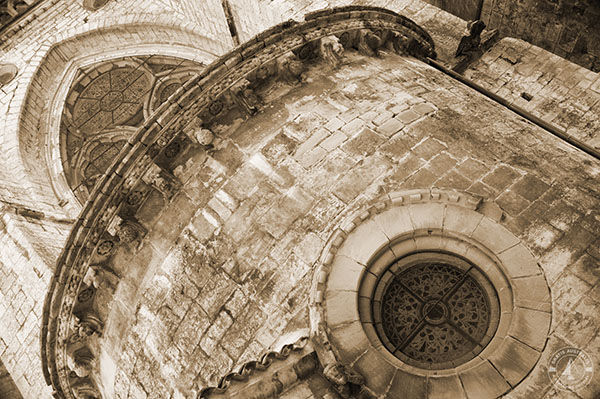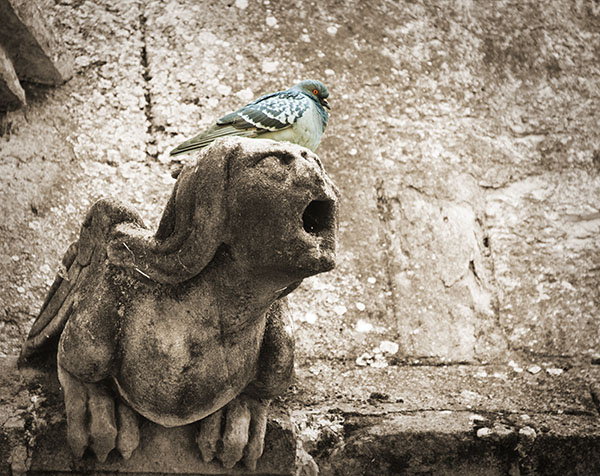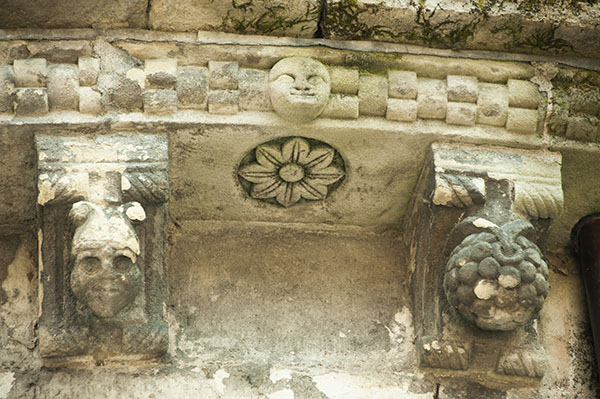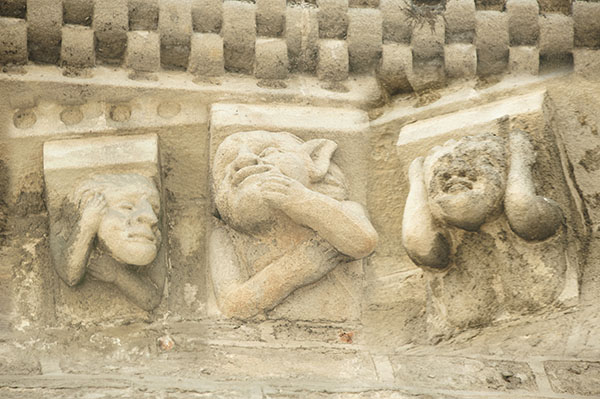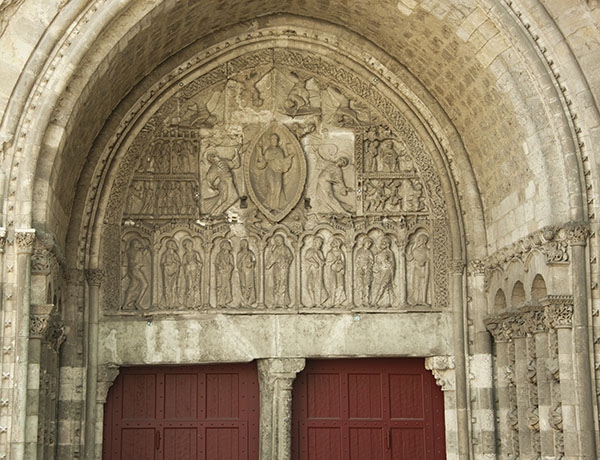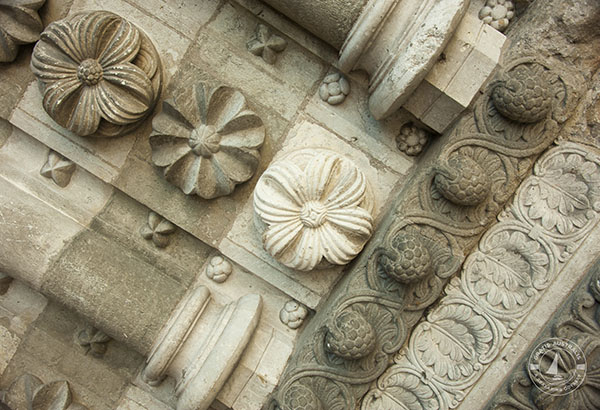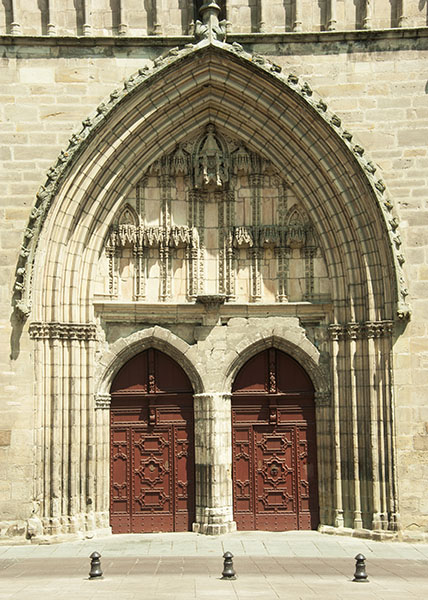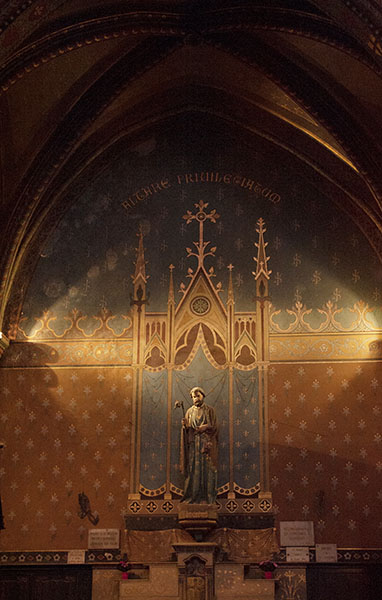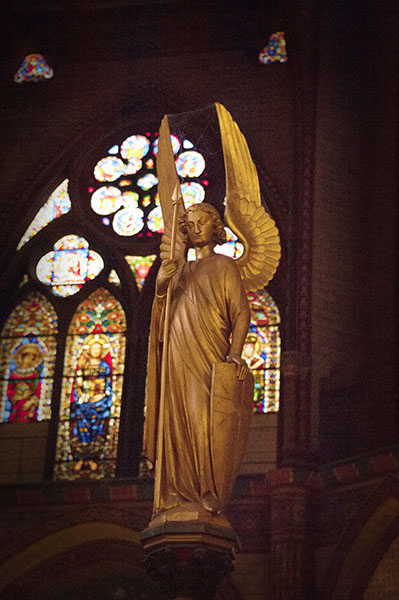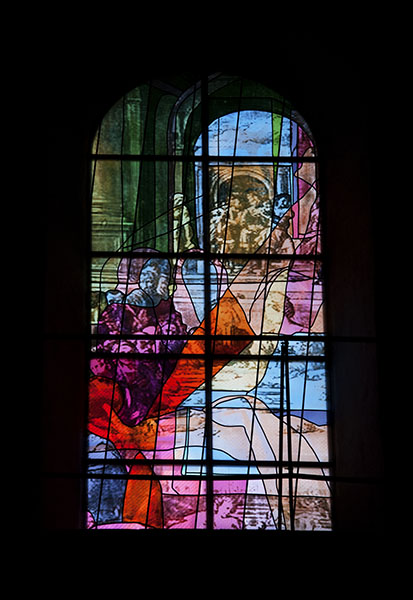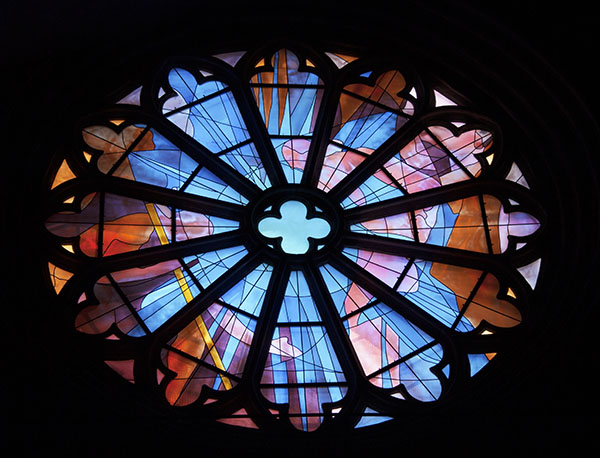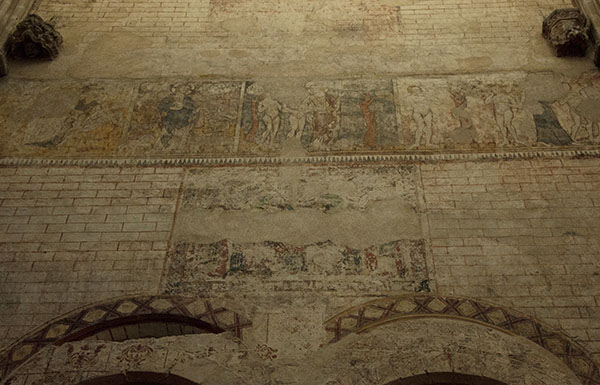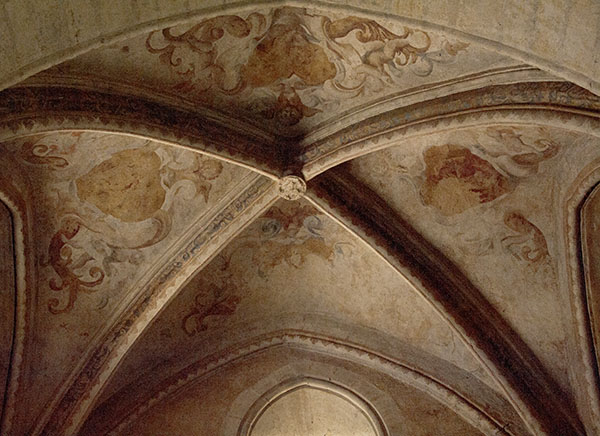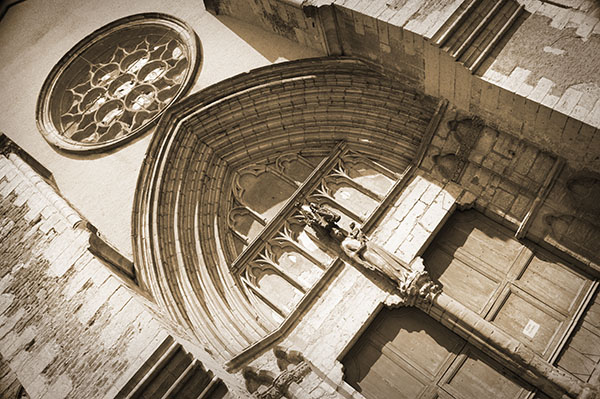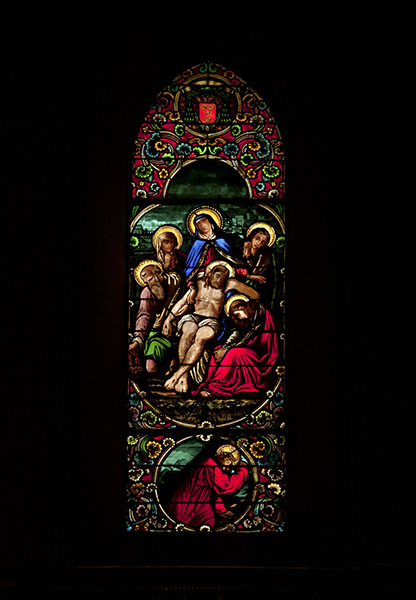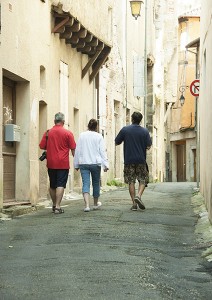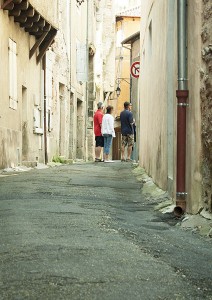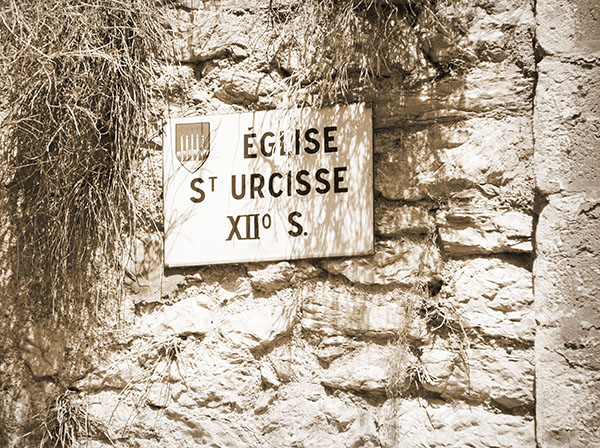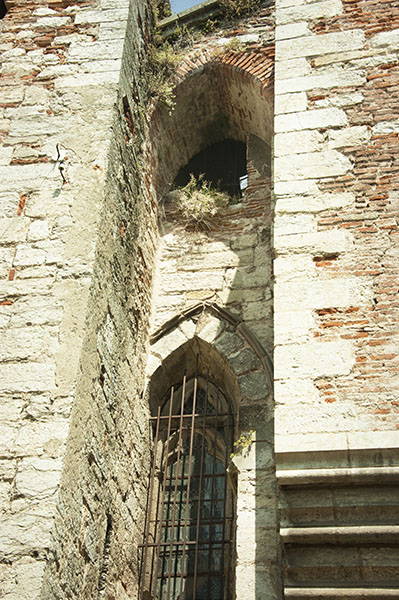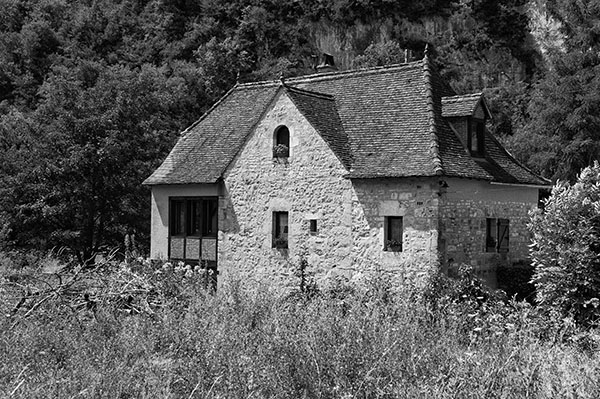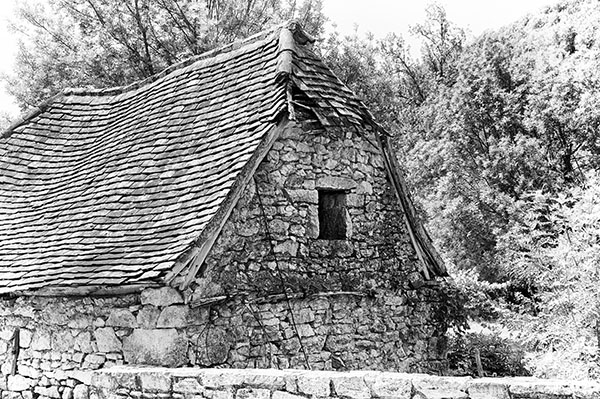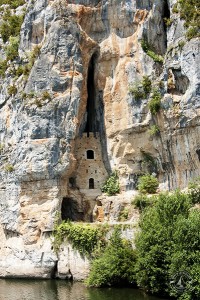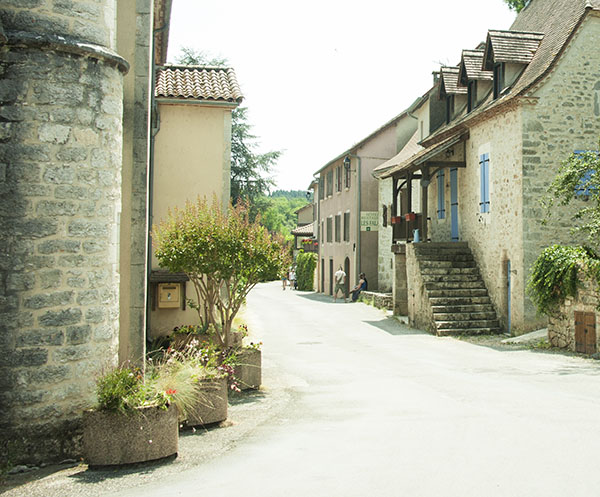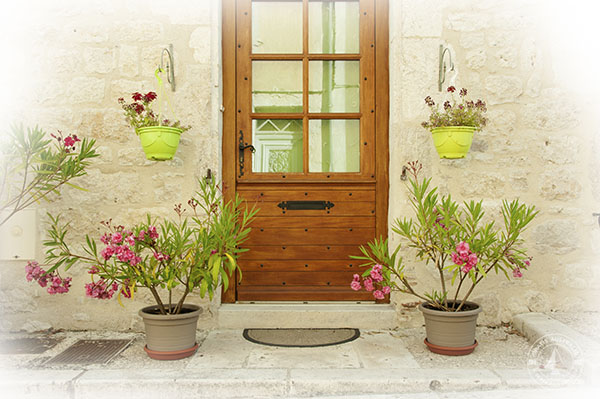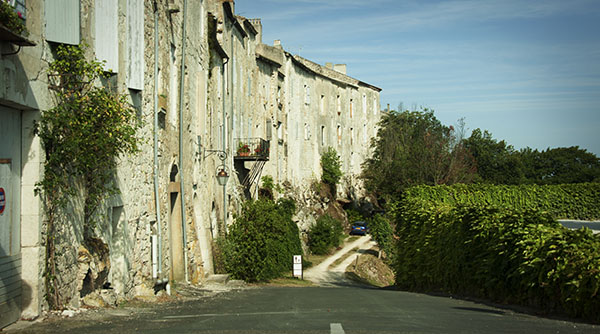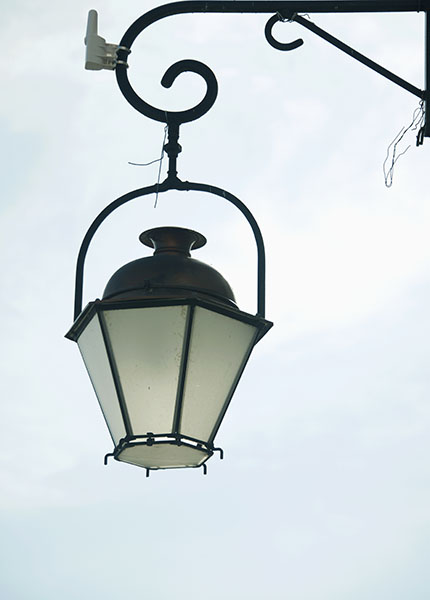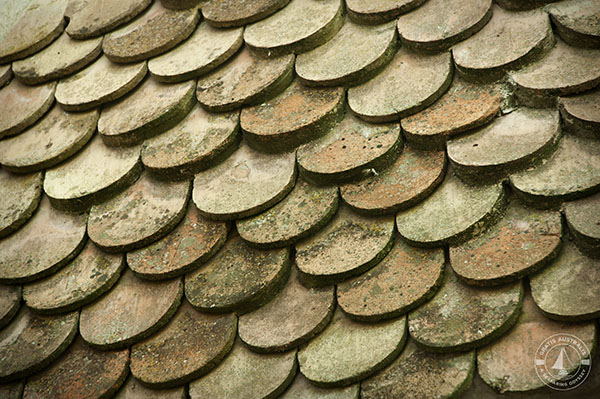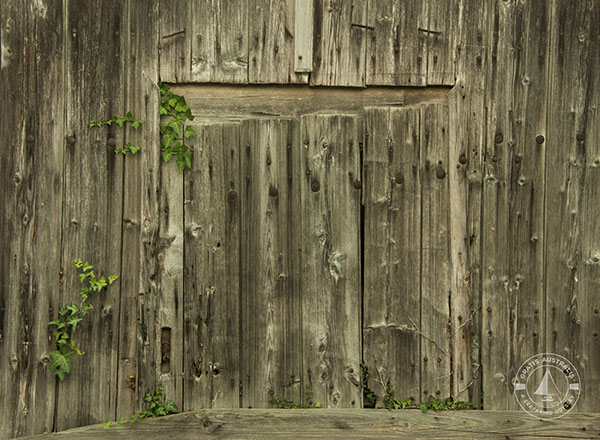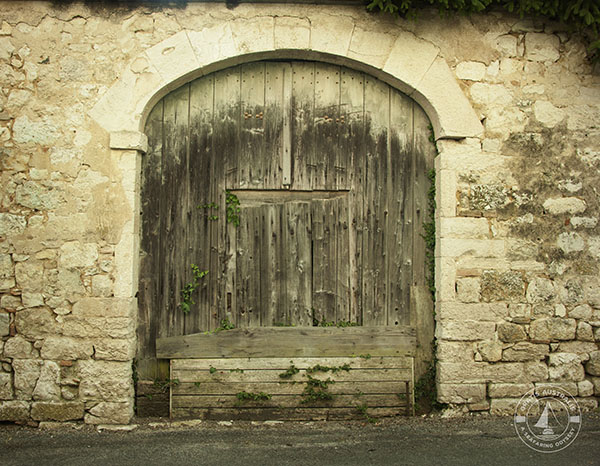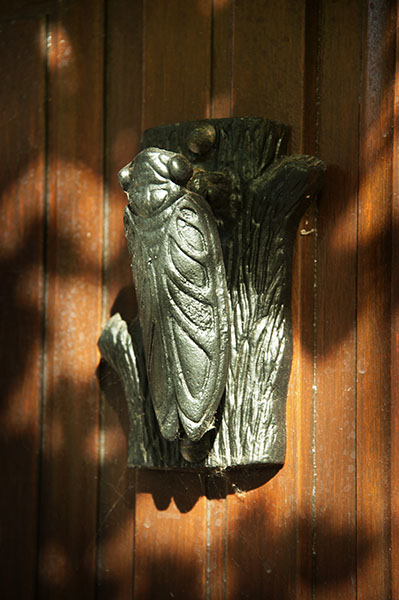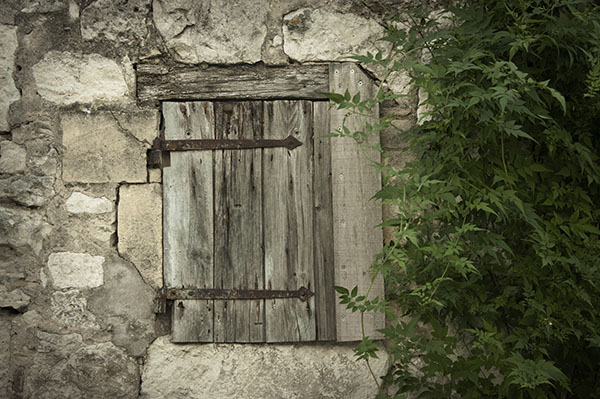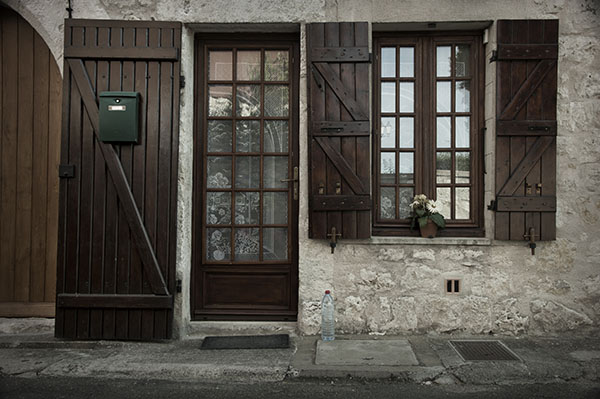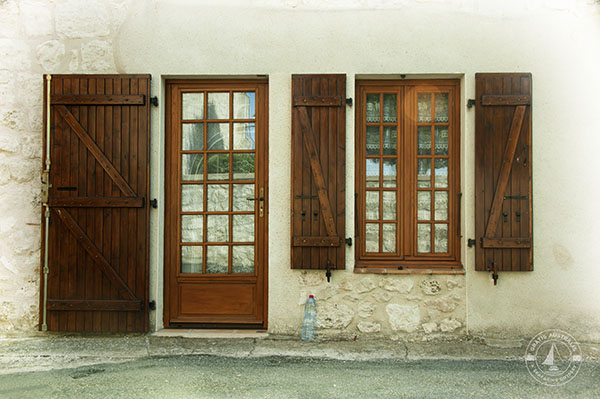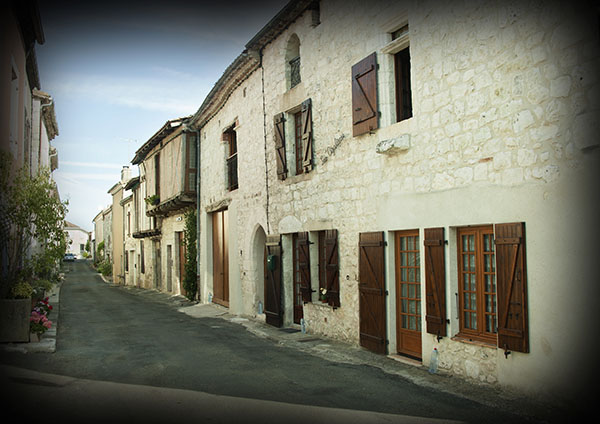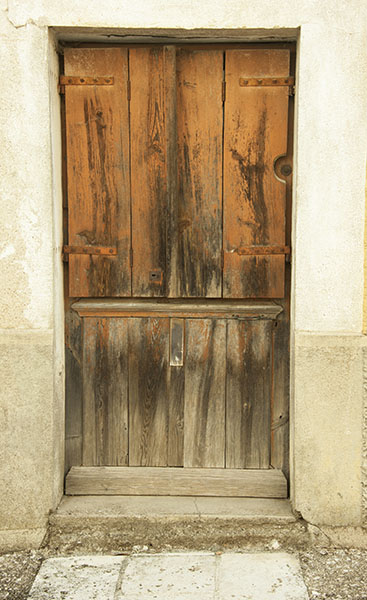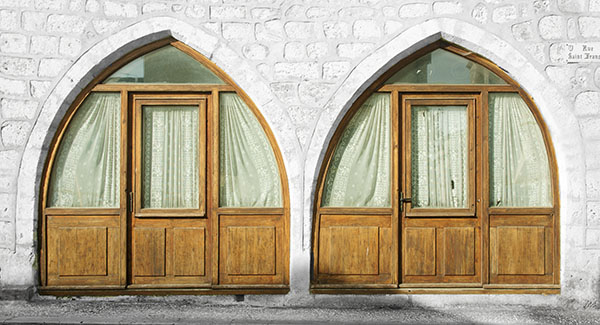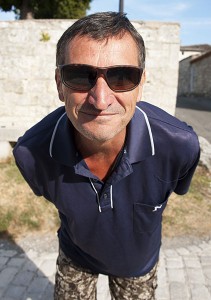Our planned itinerary for the previous day nowhere near covered, this morning had us setting out for part two of our River Lot exploration: the towns of Cahors and Bouzies were the places on our list, whilst La Bastide was an unexpected find.
Agen-France-to-Agen-France-Google-Maps-13th-July.pdf
Upon the way, we came across the only bakery that made and sold wheat free custard tarts.
Cahors, was a town built within a large curve upon the Lot River. It’s architecture and narrow alleys drew us.
We loved the remnants of the old tower that was once part of the protective ramparts: The old tower with its inner staircase visible for all to see and the old entrance where only the metal pins remain to show where the gate once rested
The old car seemed to fit in perfectly with its surrounds
and greenery brightened the atmosphere which was dulled by the browns of the walls.
Within the inner town was the church, which was undergoing the process of renovation. The adornments so intricately designed would have kept their makers occupied for months.
Further on we ambled,
eventually arriving at what was the earlier church. No longer in use, plants erupted from its walls, each in turn weakening the walls brick and mortar within which its roots twisted and turned. With each passing day, the building crumbled further into dust and its final death knoll crept ever closer.
In many of the towns we visited, this story was the norm.
The land worn down by the force of the River Lot through the ages, the road upon which we travelled wended its way through the valley at the base of the towering cliffs. Homes nestled amongst the luscious green vegetation which was fed by the feeders to the Lot: aged disused watermills now become homes, a potter who created exquisite hand crafts, and buildings left to crumble into dust led us to our destination of Bouzies.
Situated upon the Lot at the base of the formidable cliff face, it wasn’t the village but the caves which riddled the region that drew our attention. Used as hide – outs and homes since pre – history, it was during the Hundred – Years War that they were used to their full potential.
At times the car was dwarfed as the narrow one car width road wound beneath the massive overhanging rock face and arches that had been either chiselled out by hand, or blasted with gun powder. Arriving at blind curves, tooting horns served as warning for all concerned.
Rounding the final bend, there it was, Défilé des Anglais! Embedded within the limestone cliff, fortified with battlements it enabled the people to both protect and defend. Slits for guns, one large window – a portals for a cannon? – and as one edged closer a massive door at the base. As eyes roamed, it was possible to see the cliff face was riddled with holes where man had reshaped nature’s handiwork to suit his needs.
One was left in awe!!
Crossing the swinging bridge, we entered the small village of Bouzies, from which we were fully able to appreciate the accomplishment of those people.
(www.saint-cirqlapopie.co.uk/heritage/chateaux/chateaux-des-anglais)
Twenty four kilometres on, we made an unexpected stop at the township of Labastide – Murat.
This quaint village had beckoned us from above with its protective walls, aged buildings and greenery.
This was a village where its people took pride and cared for their homes.
